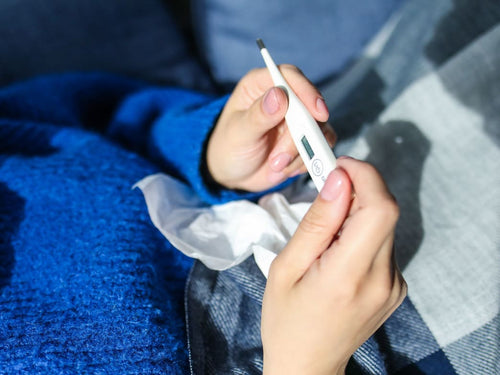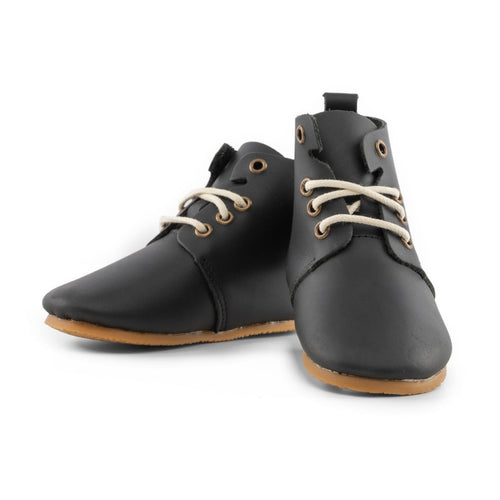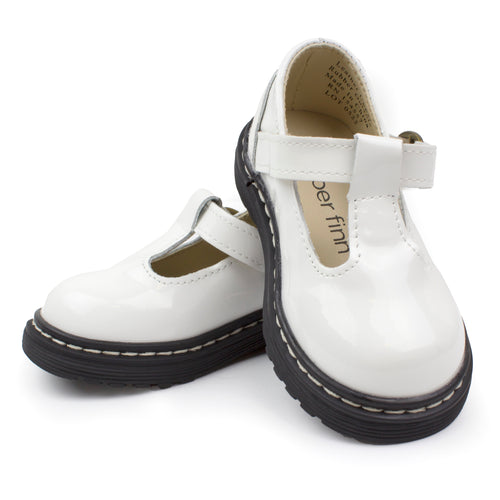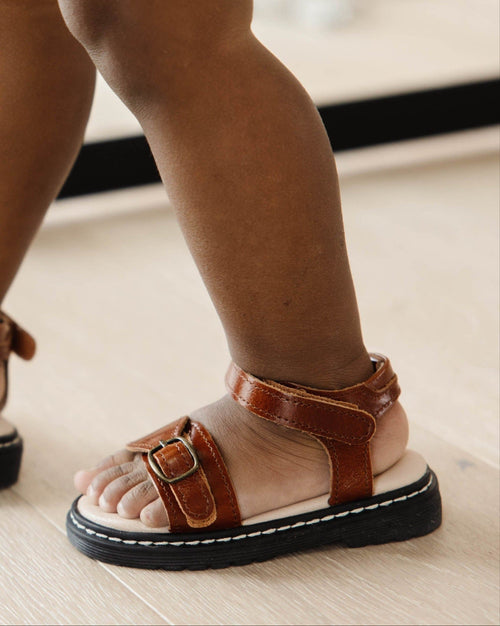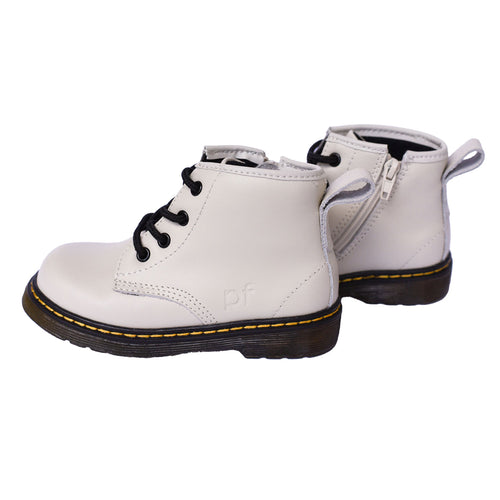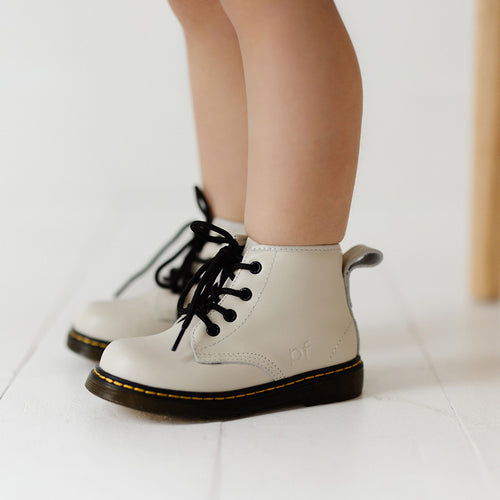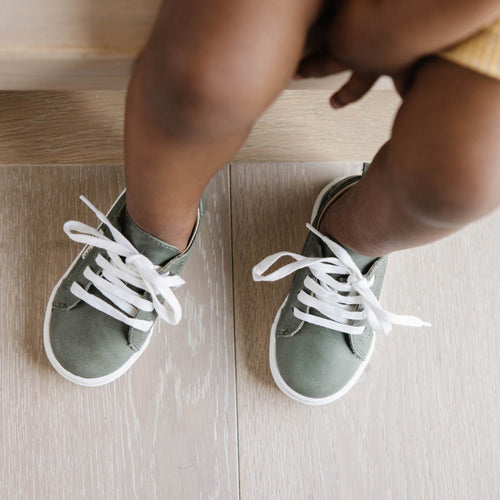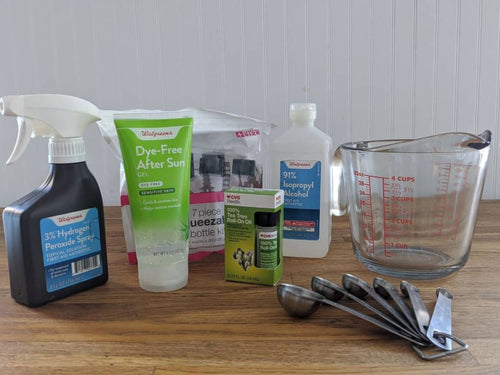Since the novel coronavirus began spreading throughout China in January, it has reached 104 additional countries and infected 109,577 people globally. So far, 3,809 people have reportedly died from COVID-19. To contain community outbreaks, countries have taken drastic measures like travel restrictions and are now contemplatingaudienceless sport matches.
Amid widespread panic, online misinformation has thrived—websites have claimed that hot baths and hand dryers can kill the virus. Some people have even placed face masks on their dogs, despite the fact that pets like cats and dogs likely can’t spread the virus to humans.
Part of the reason for this confusion is that the coronavirus currently circulating around the world is novel; not even experts have much to go on.
“We all wish that we had the answers, but in infectious disease epidemiology we are accustomed to operating in this uncertain space,” says Caitlin Rivers, an epidemiologist at the Johns Hopkins Center for Health Security. She has previously studied infectious disease like Ebola and MERS, all of which she says present similar challenges early on when definitive information is scarce; with any new virus, thorough scientific investigations take time. “It probably seems frustrating to readers, but this is one of the challenges of facing a new pathogen.”
Here are some of the most common questions we’ve been getting and what Rivers, and others, have to offer.
How do I know if I have the COVID-19 infection?
This illness usually looks like a common cold. Anytime between about two and 14 days after exposure, people usually get a fever and cough. People may also experience shortness of breath, Rivers says, though it probably doesn’t occur with most mild infections.
You should call your doctor if you develop symptoms after having close contact with an infected individual or visiting any area with ongoing community spread, according to the CDC.
Who is the most susceptible to infection?
The most common route people have caught the novel virus is through close contact (which is defined as anything 6 feet away or less) and droplets from the nose or mouth, Rivers says.
When infected, the demographics most at risk of severe illness are older adults and individuals with serious chronic medical conditions like heart disease, diabetes, and lung disease, according to the CDC.
Reports from China, where the SARS-CoV-2 virus originated, could reveal how COVID-19 affects people by age. As of last month, only about 10 percent of China’s identified cases were in people under 30, and just two percent were individuals under 20. Three-quarters of cases have occurred within adults between 30 and 69 years old. People over 70 made up about 12 percent of cases.
The fatality rates also skew towards older populations. The highest is people aged 80 and up, of which 14.8 percent die from COVID-19. Eight percent of those 70 to 79 succumb to it, 3.5 percent of 60 to 69 year olds, and 1.3 percent of those 50 to 59. Below 50 and the fatality rate is below one percent. There were just 8 deaths total in people under 30, despite more than 4,500 cases in that age range.
Though women and men became infected at around the same rate, nearly two thirds of fatalities were male. This could reflect habits within China, Vox reported, because smoking is more common there with men than women.
For additional demographic-specific COVID-19 information, click here.
How long are people contagious for?
People with mild illness likely aren’t infectious after about 10 days, STAT reported based on Monday’s preprint study. (Several recent studies on the new coronavirus have yet to be peer reviewed, so some new information isn’t totally certain.) COVID-19 antibodies—which help people fight off the infection—likely develop between about five and 12 days. This rapid response by our immune systems could explain why the majority (around 80 percent) of cases don’t become severe. Researchers still don’t know what level of immune response is sufficient, Rivers says.
COVID-19 spreads most easily through close contact when people are at their sickest—though asymptomatic individuals may still infect others, the CDC reported. Health officials still aren’t sure if recovered people actually spread it, though people technically emit or “shed” the virus from their throats and feces, Some people tested positive several weeks after their recovery, two February studies found, though that didn’t necessarily make them infectious.
Where did the virus originate from?
The SARS-CoV-2 virus first appeared in Wuhan, China in late December 2019. The specific source is currently unknown, though many of the first COVID-19 patients had visited a fish and wild animal market. Researchers are now investigating the exact relationship between the virus and bats. It may have jumped from bats to an intermediary animal before reaching humans.
Pinpointing the origin could be important to avoiding high-risk situations in the future, Rivers says, yet it may not be worth obsessing over wet markets (which sell fresh meat, fish, and produce).
“I do not put a lot of stock in pinning down a particular moment,” she says. “So, whether it was the market I don’t know, but I think those kinds of stories are more allegorical than literal.”
How does it actually get into my body?
The SARS-CoV-2 virus most commonly enters the body through droplets from the nose and mouth, along with close contact. The disease can therefore easily spread in infected households and physical interactions like handshakes, Rivers says.
How does the novel coronavirus affect children?
As of February, people younger than 10 years old only counted for about 1 percent or 416 of China’s total 72, 314 total cases. Most infected children presented mild cold-like symptoms, which may contribute to underdiagnosis in youths. Yet kids can still contract and spread the virus to more vulnerable populations: A recent study on the Chinese city of Shenzhen reported a sharp increase in identified children’s cases, which could indicate COVID-19 easily spreads within families.
Can pets spread COVID-19?
Your pet likely can’t infect you with the virus—though they can catch it and test positive for weak levels of the novel virus, according to Hong Kong’s Agriculture, Fisheries, and Conservation Department. A Pomeranian living in Hong Kong may have caught the disease from its owner, though it didn’t show any symptoms.
There is no evidence that dogs play a role in the spread of this human disease or that they can become sick, the World Organization for Animal Health said. Pet owners should practice basic hygiene measures like “hand washing before and after being around or handling animals, their food, or supplies, as well as avoiding kissing, licking, or sharing food.”
Can it be transferred through food and drink?
Though there’s currently no definitive evidence, infected people who handle food could possibly pass on the virus (it’s been found in people’s stool and can spread through droplets from the nose or mouth). Yet the cooking process may kill the virus, infectious disease specialist Todd Ellerin said in a blog post.
Can you get COVID-19 more than once?
In February, rumors swirled about a Japanese woman who allegedly developed COVID-19 twice. Experts concluded that it was most likely a relapse rather than a second infection.
In general, reinfection seems highly unlikely: Most infectious diseases trigger a permanent immune response during recovery, Rivers says. If anyone were to get COVID-19 a second time, it’d be immunocompromised individuals—though, she says, that’d still be quite rare.
How long does the coronavirus live on surfaces?
New research suggests that the virus can persist in the air for about three hours and remain on some surfaces, like plastic and stainless steel, for up to two to three days. The timing seems to depend on the specific material, with shorter detection periods on cardboard (up to 24 hours) and copper (up to four hours).
Solutions that contain diluted bleach could effectively disinfect surfaces, though the optimal cleaning method is currently unknown. Still, that doesn’t necessarily mean it can infect people. COVID-19 can only be proven to spread if it’s grown in a lab environment, which warrants more extensive study.
“There’s a difference between what’s possible and what’s the most likely route of transmission,” Rivers says.
For now, the CDC recommends disinfecting surfaces to lower the possible risk of infection.
Can I become infected when taking public transportation?
As mentioned above, the virus’ effect on surfaces, including stainless steel poles and plastic or fabric seats, is still unclear. However, it can definitely spread through droplets from the nose or mouth so standing on a packed train during rush hour could therefore pose a risk, particularly on longer commutes: Close contact (less than 6 feet apart) for at least 15 minutes with an infected person likely spreads COVID-19.
Currently, public transit authorities around the world are taking precautions like disinfecting vehicles and adjusting ventilation to prevent transmission, though it’s unclear whether these measures are effective.
Does the flu shot protect me?
There’s no direct advantage, Rivers says, because coinfection of both the flu and COVID-19 doesn’t appear to be common. Still, fewer flu patients could significantly lessen the burden on health care providers.
What should I do if soap and hand sanitizer are sold out?
As cleaning supplies fly off the shelves, some stores have begun to ration hand sanitizer and soap—which are extremely helpful in preventing COVID-19 infections. Though professionally manufactured products are ideal, it’s possible to make your own hand sanitizer until you can buy more.
Should I shave my beard to avoid infection?
Shaven or unshaven, beards probably have nothing to do with the disease’s spread. Last month, online misinformation led users to believe that the CDC recommended certain beard shapes over others to avoid COVID-19. The popular poster was not produced in relation to the novel coronavirus outbreak, but rather intended for professionals who require respiratory protection at work. For the average person, the CDC advises against face masks unless you’re already feeling ill.
Can it spread through feces?
Even after people stop showing symptoms, traces of the virus can appear in their feces. It’s currently unclear, however, whether this residue is infectious. You are far more likely to acquire or spread the virus through close contact and droplets.
Can handling cash give me COVID-19?
Again, we don’t really know how long the virus stays on surfaces and whether lingering residue can actually infect people. If you’re worried, perhaps switch to credit cards or Apple Pay (make sure to regularly disinfect your phone and your cards). And, as always, wash your hands.
Correction: This article has been updated to reflect the fact that staying within 6 feet of an infected person (not about 6 feet away from them) can increase someone’s chances of getting the virus.
Written by Molly Glick for Popular Science and legally licensed through the Matcha publisher network. Please direct all licensing questions to legal@getmatcha.com.

